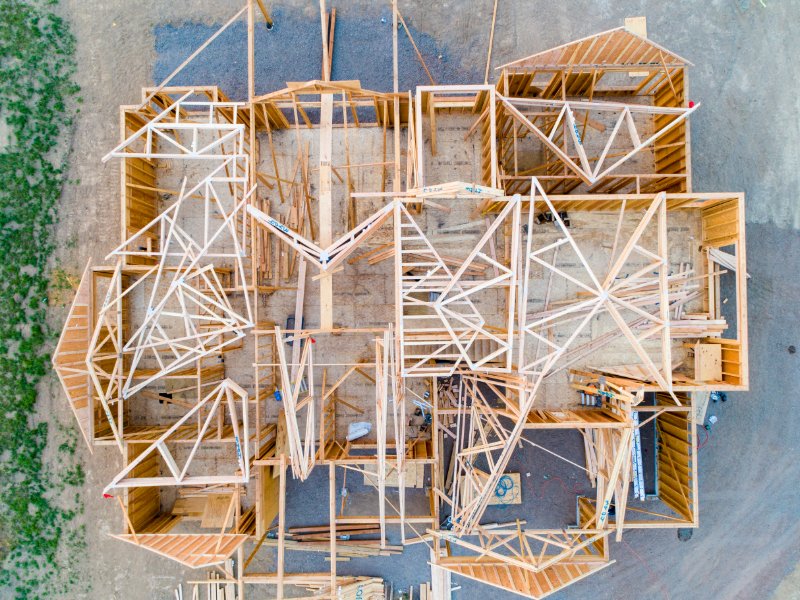It can be scary to discover that your property has major construction issues. No matter what type of problem you found, any damage to your property could affect your health, finances, time, and effort. It can be especially devastating if you put a lot of saved money into building your dream home, and now construction issues are going to decrease its value. Not to mention, some defects such as mold can affect your health and cause respiratory problems.
Contractors must comply with building codes in order to build legally and safely. Construction is meant to last for a long time, and to appreciate in value. Unfortunately, sometimes the developer or builder makes a mistake. There are a few different areas in which a defect may occur. If the building design is flawed from the start, then mistakes will fall back on the designer or engineer. If the actual process of building goes poorly, then it becomes a workmanship issue. Lastly, if the materials are defective from the start, then the responsibility may fall on the product manufacturer. Liability will be determined by the exact defect and what your contract says.
Examples of Common Construction Defects
There are a variety of mistakes that can be made during the design, planning, purchasing, and building process. Here are some examples of construction defects:
- Water intrusion
- Mold growth
- Structural damage or lack of support
- Incorrectly installed roofing
- Bad window or door installation
- Warping floors
- Foundation cracks
- Issues with plumbing or electric
- HVAC system problems
These are just some of the potential construction defects that can happen. One of the most well known construction law cases from recently is the collapse of the Surfside Condominium in Florida, which will have a trial in 2023. It’s a good example of the complexity of construction law, and all of the different factors that play a role in safely building and maintaining property.
I Found a Construction Defect: Now What?
There are a few ways in which you may be able to identify construction defects. The first and most obvious is sight – if you see water leaking or walls cracking, you’ll know something is wrong. However, developing respiratory issues is also a potential sign of defects. A water intrusion can lead to mold, which even if unseen, can lead to health problems. If someone in your household has asthma, it will most likely be exacerbated by mold.
If you suspect there is a major problem with your home construction, you should address it immediately. The longer that an issue persists, the more damage it may do to your property and potentially health. Construction defect attorneys can help you determine if you have a valid case, and they can help you file a claim. Depending on your state, you have a certain number of years in which you need to file the claim. The legal process can be slow, so if you do have health-damaging defects in your home, try and avoid those areas whenever possible to mitigate symptoms.




No Comment